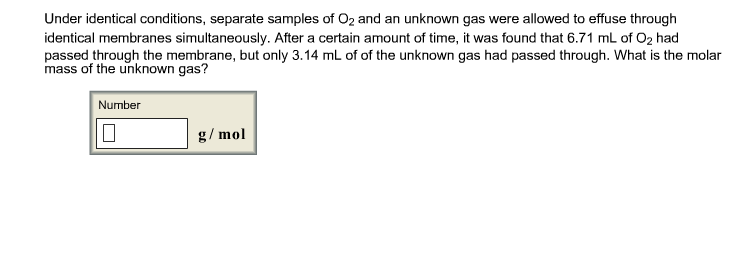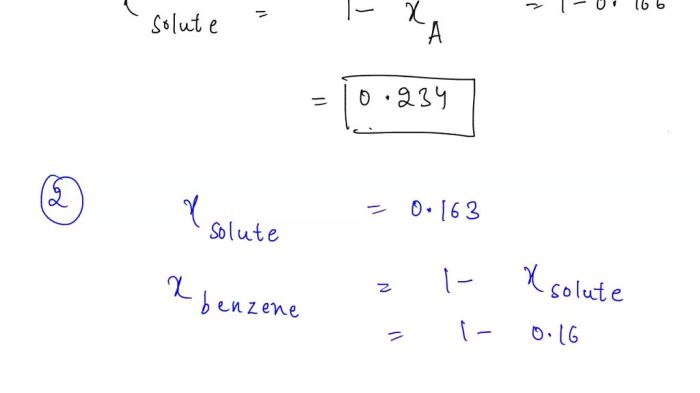Calculate moles in 168.0 g of hgs – Calculating moles in 168.0 g of HgS is a fundamental task in chemistry that helps us understand the relationship between mass and the number of particles. In this guide, we will delve into the concept of moles, explore the formula for calculating moles, and apply it to the given mass of HgS.
Understanding mole calculations is crucial in chemistry as it enables us to determine the amount of substance present in a given sample. It finds applications in various fields, including stoichiometry, solution preparation, and chemical analysis.
Introduction
In chemistry, we frequently work with quantities of substances that are too small to count individually, such as atoms, molecules, or ions. To overcome this challenge, we use the concept of moles, which serves as a bridge between the macroscopic and microscopic worlds.
A mole is defined as the amount of substance that contains exactly 6.02214076 × 10 23elementary entities. These entities can be atoms, molecules, ions, or electrons, depending on the context.
Relationship between Moles and Mass
The relationship between moles and mass is established through the molar mass of a substance. Molar mass is the mass of one mole of that substance, expressed in grams per mole (g/mol).
The molar mass of a compound is calculated by adding the atomic masses of all the atoms in its chemical formula. For instance, the molar mass of water (H 2O) is 18.015 g/mol, which is the sum of the atomic masses of two hydrogen atoms (1.008 g/mol each) and one oxygen atom (16.000 g/mol).
Using the molar mass, we can convert between the mass and the number of moles of a substance. The following formula expresses this relationship:
moles = mass (g) / molar mass (g/mol)
Calculating Moles of HgS
We have 168.0 g of HgS. To calculate the number of moles of HgS, we’ll use the formula: moles = mass / molar mass.
Molar Mass of HgS
The molar mass of HgS is 232.65 g/mol. This means that for every 232.65 g of HgS, we have 1 mole of HgS.
Calculating Moles of HgS
Now, we can calculate the number of moles of HgS in 168.0 g:
moles of HgS = mass / molar mass
moles of HgS = 168.0 g / 232.65 g/mol
moles of HgS = 0.722 moles
Therefore, 168.0 g of HgS contains 0.722 moles of HgS.
Numerical Calculation
Now, let’s delve into the actual calculation of moles of HgS using the formula we established earlier.
The formula for calculating moles (n) is:
n = mass (g) / molar mass (g/mol)
In this case, we are given the mass of HgS as 168.0 g, and we need to determine the molar mass of HgS.
Determining Molar Mass
The molar mass of a compound is the sum of the atomic masses of all the atoms in its chemical formula.
For HgS, we have one atom of mercury (Hg) and one atom of sulfur (S).
- Atomic mass of Hg = 200.59 g/mol
- Atomic mass of S = 32.07 g/mol
Therefore, the molar mass of HgS is:
Molar mass of HgS = 200.59 g/mol + 32.07 g/mol = 232.66 g/mol
Additional Information: Calculate Moles In 168.0 G Of Hgs
Understanding mole calculations is crucial in chemistry because it allows us to determine the amount of a substance present in a given sample. This knowledge is essential for various applications in the field, including:
- Stoichiometric Calculations:Mole calculations are used to balance chemical equations and determine the quantitative relationships between reactants and products in a reaction.
- Concentration Calculations:Mole calculations are used to determine the concentration of solutions, expressed in units such as molarity or molality.
- Mass-to-Mole Conversions:Mole calculations allow us to convert between the mass and the number of moles of a substance, which is necessary for determining the empirical and molecular formulas of compounds.
- Gas Law Calculations:Mole calculations are used to determine the number of moles of gas present in a container, which is necessary for applying gas laws to calculate pressure, volume, and temperature relationships.
Importance of Mole Calculations in Chemistry
Mole calculations play a significant role in chemistry as they provide a quantitative understanding of chemical reactions and物質 properties. By determining the number of moles of a substance, chemists can accurately predict the outcome of reactions, calculate concentrations, and determine the mass or volume of reactants or products involved.
This knowledge is essential for designing and optimizing chemical processes, developing new materials, and understanding the behavior of chemical systems in various applications.
Examples of Applications, Calculate moles in 168.0 g of hgs
Mole calculations are widely used in various fields of chemistry, including:
- Analytical Chemistry:Mole calculations are used to determine the concentration of analytes in samples, which is essential for quality control, environmental monitoring, and medical diagnostics.
- Inorganic Chemistry:Mole calculations are used to study the synthesis, properties, and reactivity of inorganic compounds, including metals, salts, and coordination complexes.
- Organic Chemistry:Mole calculations are used to determine the molecular weight, empirical formula, and structural isomers of organic compounds, which is crucial for understanding their properties and reactivity.
- Biochemistry:Mole calculations are used to study the structure, function, and interactions of biomolecules, such as proteins, nucleic acids, and carbohydrates, which is essential for understanding biological processes.
Top FAQs
What is the molar mass of HgS?
The molar mass of HgS is 232.65 g/mol.
How many moles are in 168.0 g of HgS?
To calculate the moles, we divide the mass by the molar mass: 168.0 g / 232.65 g/mol = 0.722 moles.
Why is it important to understand mole calculations?
Mole calculations help us determine the amount of substance present in a sample, which is essential for stoichiometric calculations, solution preparation, and chemical analysis.


